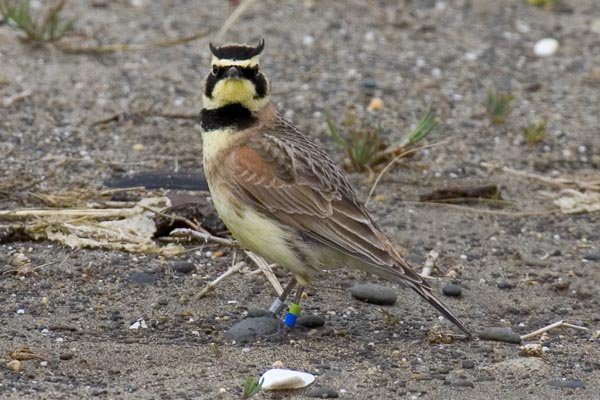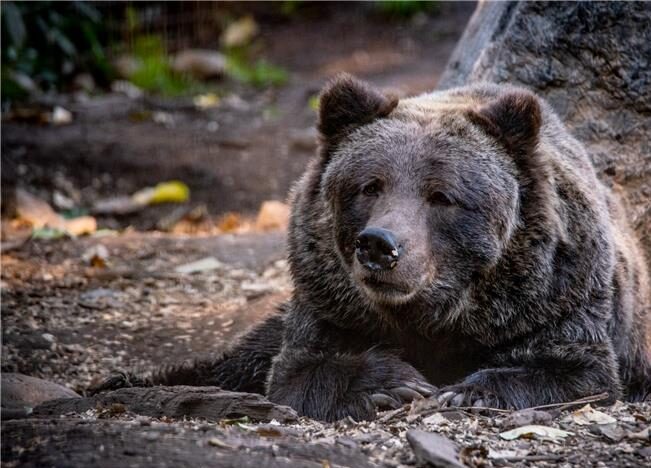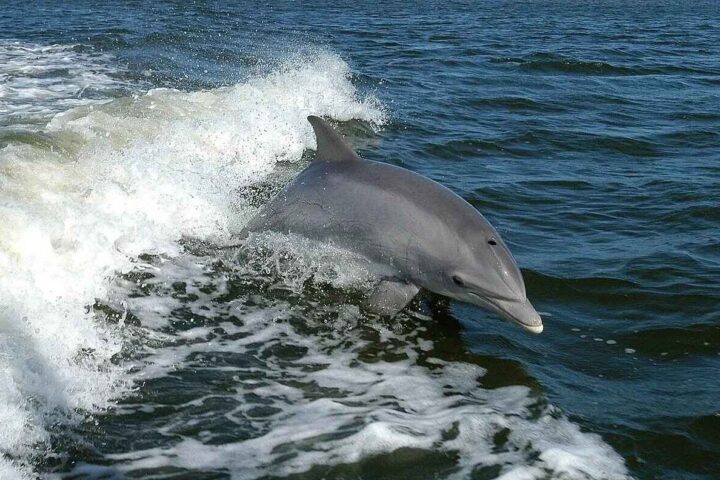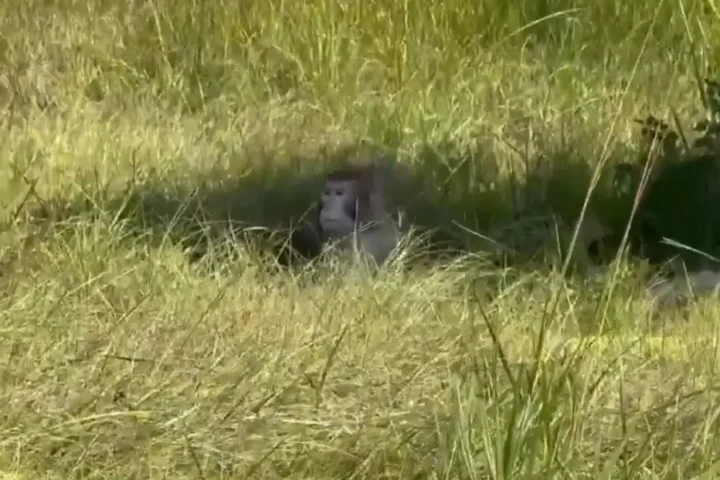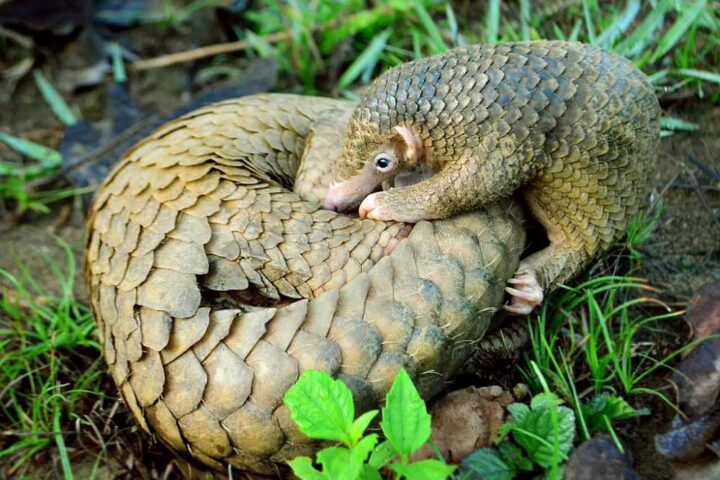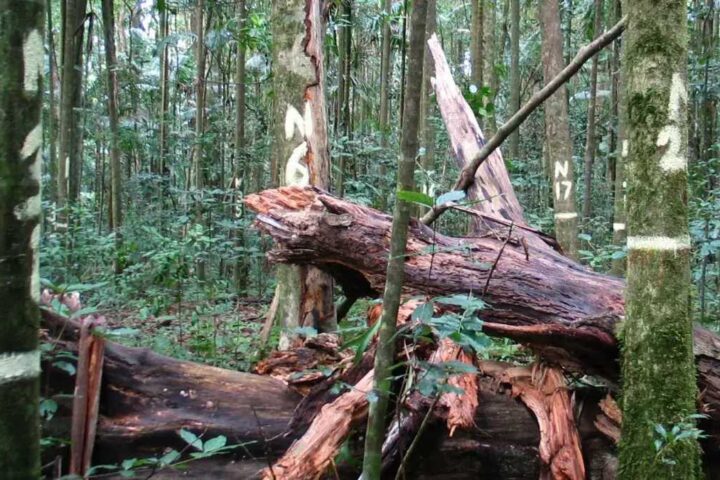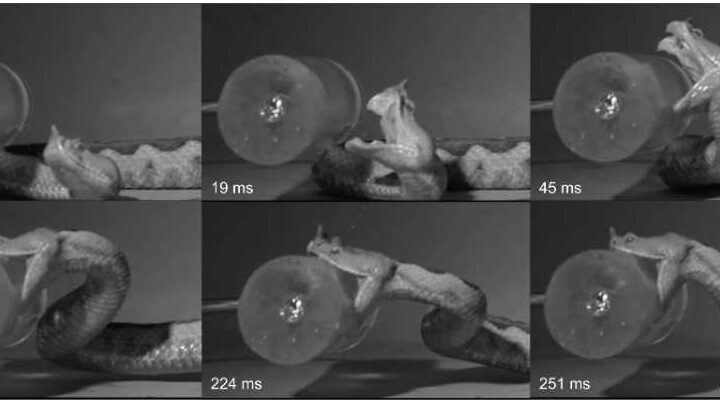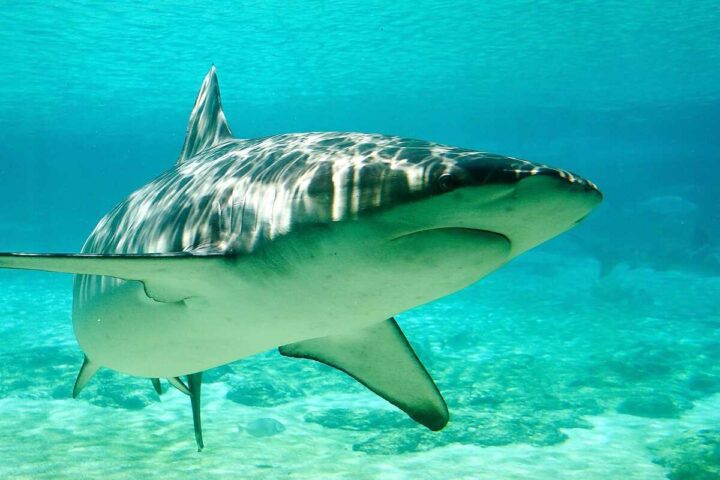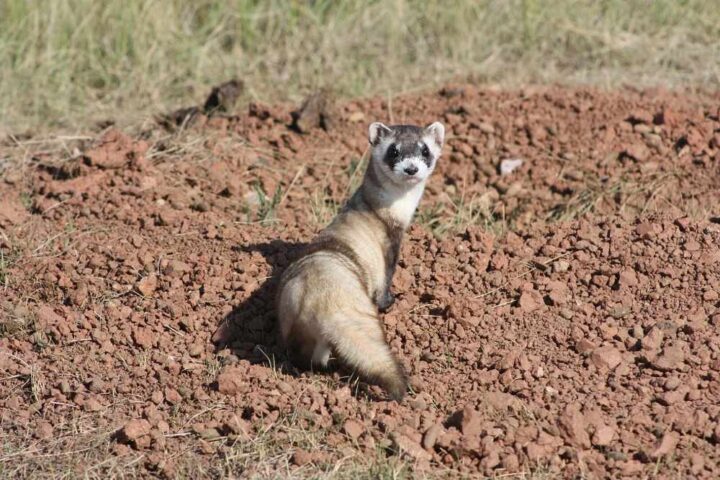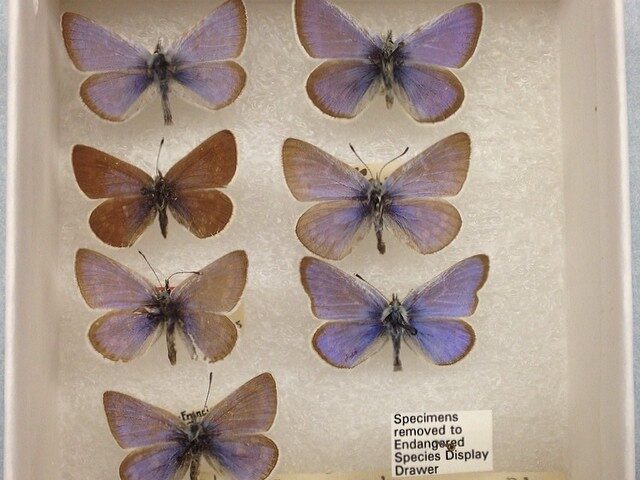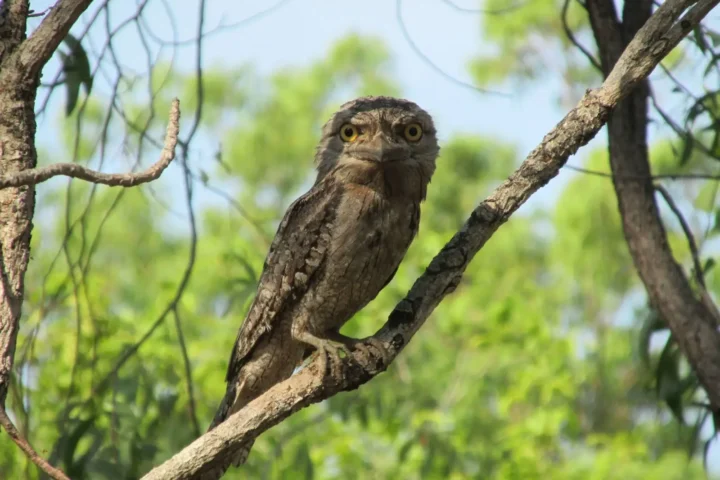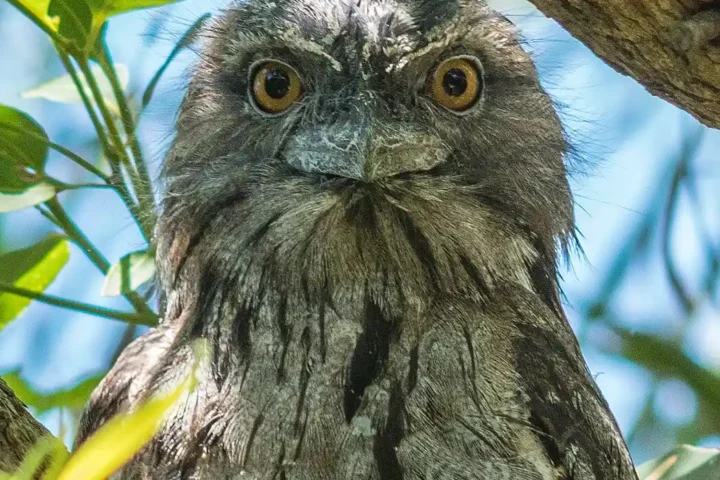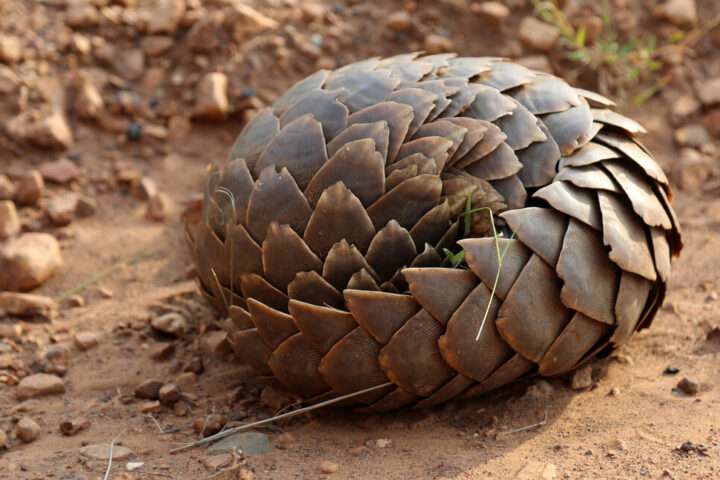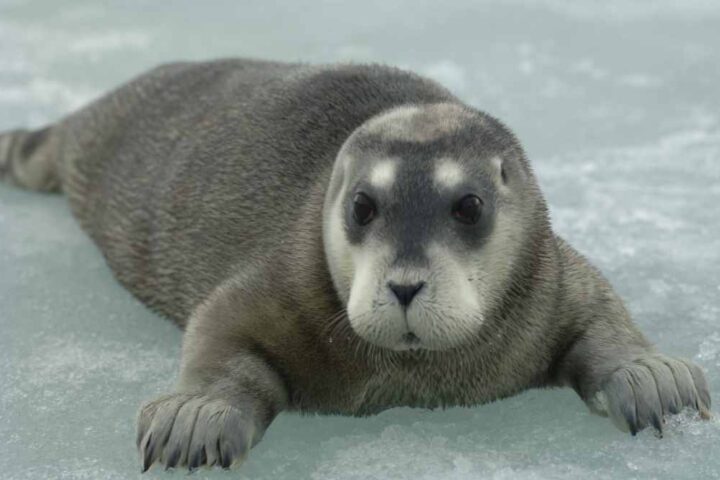A federal judge has ruled that the U.S. Fish and Wildlife Service (USFWS) wrongly listed the streaked horned lark as “threatened” instead of “endangered.” The court ordered the agency to reconsider the bird’s status within one year, potentially granting it stronger protections.
The lawsuit, brought by the Center for Biological Diversity and Bird Alliance of Oregon, challenged the Service’s 2022 decision to maintain the lark’s threatened status. The court found that USFWS failed to properly consider how small, isolated populations increase the bird’s extinction risk.
“I’m thrilled the court recognized that the Fish and Wildlife Service shortchanged these stunning larks by dismissing how their small populations clearly increase extinction risk,” said Ryan Shannon, a senior attorney at the Center for Biological Diversity.
Once common in prairies across the Pacific Northwest, these small ground-nesting songbirds have declined dramatically. Current estimates put their population at just 1,170 to 1,610 birds. The species faces its greatest threats in South Puget Sound and along Washington’s coast, where remaining populations are dangerously small.
The birds’ decline stems from habitat loss as their natural prairie environments have disappeared. Today, these larks primarily live in human-created open spaces like grass seed fields, airports, and military training grounds at Joint Base Lewis-McChord.
Similar Posts
“This court decision is welcome and provides some hope for this imperiled species that is, unfortunately, quickly moving towards extinction,” said Joe Liebezeit, conservation director for Bird Alliance of Oregon.
A key difference between “threatened” and “endangered” status involves the special rule, known as a 4(d) rule, which currently exempts agricultural activities from restrictions. These exemptions allow practices harmful to the birds, like converting grass seed fields to crops that don’t support larks or mowing during nesting season.
An endangered listing would remove these agricultural exemptions and provide stronger protections for the birds’ remaining habitat and breeding grounds. The distinctive songbirds, known for their feather “horns” and black facial markings, were once so plentiful around Puget Sound that golfers considered them a nuisance in the early 1900s.
This court victory caps years of work by conservation groups. The Center for Biological Diversity first requested protection for the species in 2002. A previous lawsuit in 2019 successfully challenged the threatened status, but the Service reaffirmed this status in its 2022 decision, prompting this latest legal action.
The USFWS now has one year to reassess whether the streaked horned lark warrants endangered status, which would provide the birds with the full protection of the Endangered Species Act.
